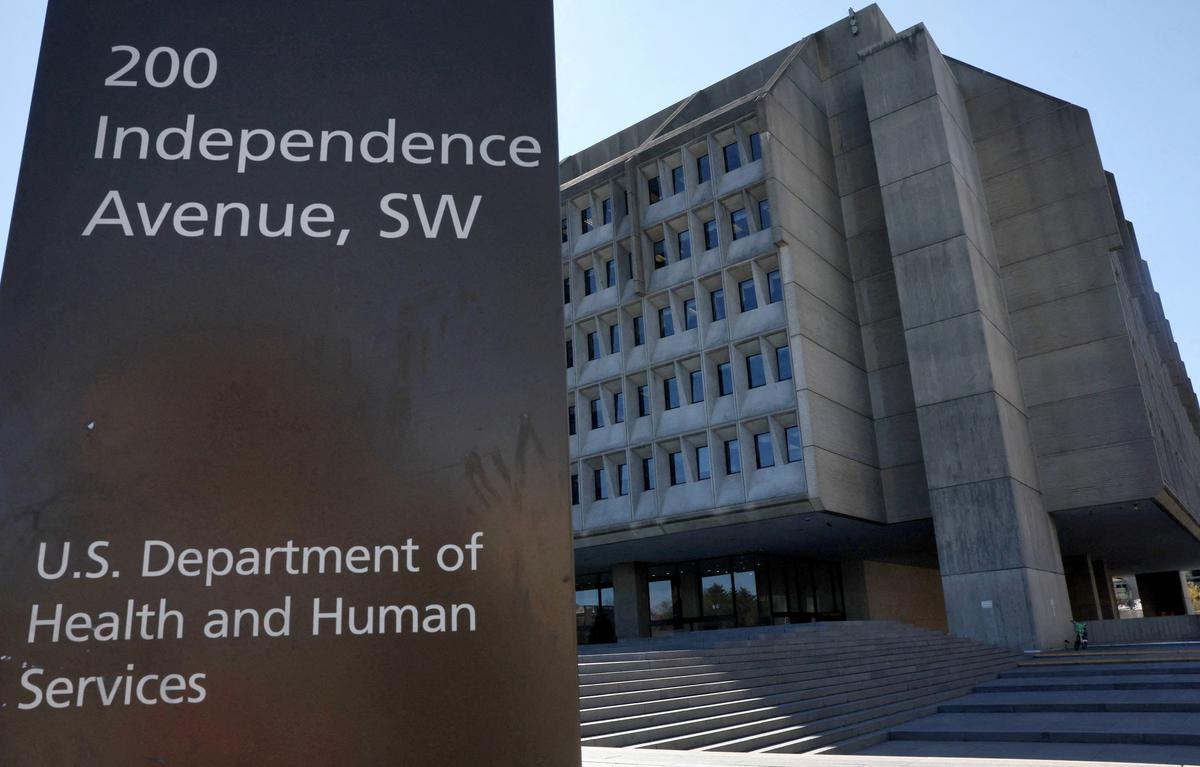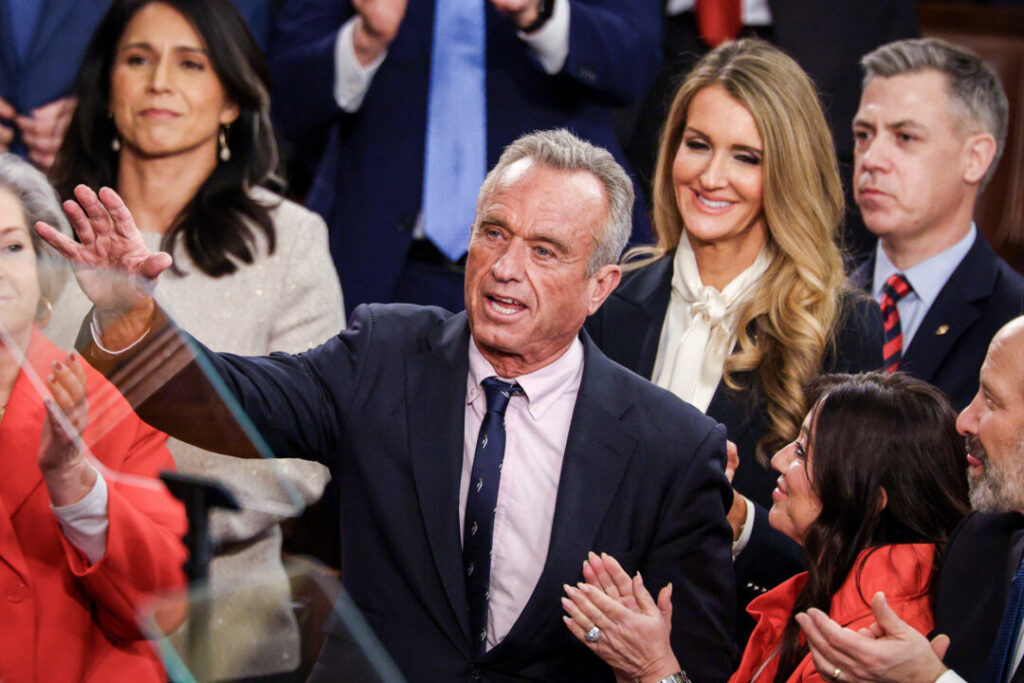California, Virginia and West Virginia have passed bills to ban artificial dyes and other food additives. More states are considering similar laws.
The long-standing movement to remove artificial dyes from food has gained momentum. Some health advocates evoke the Make America Healthy Platform of Robert F. Kennedy Jr. of the Health and Human Services Department.
Several state legislatures have introduced bills designed to ban artificial dyes and other food additives.
In October 2023, the California Legislature banned red No. 3. In August last year, measures were also passed to remove six common dyes from school food use.
Virginia passed similar measures in March.
The move bans seven synthetic dyes and two preservatives from food and beverages sold in the state.
From August 1st, Red Dye No. 3, Red Dye No. 40, Yellow Dye No. 5, Yellow Dye No. 6, Blue Dye No. 1, Blue Dye No. 2, and Green Dye No. 3 cannot be used in school lunches.
Under this measure, these dyes will be banned from foods sold in West Virginia from January 1, 2028. The Governor’s Office said in a statement that synthetic chemical preservatives propylparaben and butylated hydroxyanisol will also be banned.
“By eliminating harmful chemicals from food, we are taking steps to improve the health of our residents and protect our children from long-term health and learning challenges.”

President Donald Trump will speak to the press before signing the executive order in the White House’s oval office on February 25, 2025, along with Robert F. Kennedy Jr. (L) of the Department of Health and Human Services and Howard Lutnick (R) of Commerce before signing the executive order. Jim Watson/AFP via Getty Images
Industry groups opposed West Virginia law.
“We are against this unnecessary law. This issue should be determined individually through product transparency and consumer choice.”
The National Confectionery Association, an industry association for chocolate, candy, gum and mint sellers, says the new regulations will raise food prices and make them more accessible on the shelves.
In a statement, the group said state legislators have a role to play in the US food system, with the Food and Drug Administration (FDA) being “a legitimate national regulatory decision maker and leader in food safety.”
All color additives must be approved by the FDA before they can be used in foods sold in the US. Currently, FDA has approved 36 colour additives, including nine synthetic dyes.
The European Union, Australia, and Japan, among other countries, have banned or restricted the use of certain food dyes over potential health risks.

Kellogg’s Froot Loop box will be on display at the Target Store in Pittsburgh on November 16th, 2022. GENE J. PUSKAR/FILE/AP Photo
Kennedy pointed out how the US version of the Froot Loop contains more artificial colors and additives than versions sold in other countries.
Last October, protesters gathered outside WK Kellogg Co. headquarters in Michigan to request that the company remove artificial dyes from cereals containing Froot loops.
Kellogg previously announced that by 2018 it would remove artificial colors and materials from its US products. The company has made changes in other countries, including Canada, where the flute loops are colored with blueberry juice, concentrated carrot juice and watermelon juice.
“We found that consumer expectations regarding food colours vary widely across markets and categories,” the company said.
“So, what causes all of this suffering? I’ll name two perpetrators, the first and the worst, are super processed foods.
He said that these ultra-processed foods have chemicals that were not present a century ago, and that they are responsible for the rise in disease. Although many of these chemicals are banned in Europe, they are ubiquitous in American foods, he pointed out.
“We literally addicted to children systematically for profit,” he said in September 2024 at a roundtable hosted by Sen. Ron Johnson (R-Wis.). “Pesticides, food additives, medicines and toxic waste penetrate every cell in our body.”
On March 10th, Kennedy met with executives from Kraft Heinz, Kellogg, General Mills, Tyson Foods, Smacker and PepsiCo.
“We strengthen consumer trust by removing toxins from our food,” he said in a post on X.
“For too long, ingredient manufacturers and sponsors have taken advantage of loopholes that allow new ingredients and chemicals that are often introduced into US food supplies without notifying the FDA or the public.”
In an email sent after the meeting and viewed by the Epoch Times, Food Company’s trade group Consumer Brands Association said Kennedy wanted to collaborate with the industry on non-reciprocal fashion.
The Health Secretary also conveyed the Trump administration’s desire to remove artificial dyes such as FD&C Blue No. 1 from its food supply, labeling them as an urgent priority to be completed before he takes office.
Kennedy was quoted in an email saying he hopes for a “realistic and transformative” change by “getting the worst ingredients from food.”

The views of the U.S. Department of Health and Human Services (HHS) Building. A major overhaul of the department under Health Secretary Robert F. Kennedy Jr., in Washington on March 27, 2025, after HHS reportedly cutting around 10,000 full-time employment and closing half of its regional offices.
Shortly after Kennedy was sworn in on February 13, he was tasked with commission orientation, focusing primarily on child health.
The committee instructs the executive branch and federal agencies to advise the president primarily on “how to deal with the crisis of chronic childhood illness.”
“I am tasked with exploring the causes of contributions to childhood chronic diseases, such as American diet, toxic absorption, medical treatment, lifestyle, environmental factors, government policy, food production technology, electromagnetic radiation, and corporate impacts or chronism.
Within 100 days by May 22, the committee will provide an initial assessment of potential factors contributing to the chronic disease outbreak, the order said. The National Make Our Children Healthy strategy will be announced within 180 days.
In January, on the last day of the Biden administration, the FDA banned red No. 3 from American food supplies and established a 2027 deadline for manufacturers to remove it from their products.
Companies that make cough syrup and other ingested medications must follow by January 2028.
Made from petroleum, Red No. 3 was approved for food in 1907.
“The FDA cannot approve food or color additives if it is found to cause cancer in humans or animals,” Jim Jones, deputy director of human food, said in a statement after the release. “Evidence shows cancer in male laboratory rats exposed to high levels of FD&C Red No. 3.”
Delbig Tree, communications director for Kennedy’s presidential campaign and founder of Maha Action PAC, told the Epoch Times he believes Kennedy and the Maha movement began to play a key role even before the current administration took over.
“The Biden administration knew that the US health sector was about to undergo transformation. They wanted to do something before they left,” Big Tree said.
“There is still talk of no movement and Bobby pulling chemicals out of food supplies without becoming a secretary to the Department of Health and Human Services, but that’s it.
Samantha Rayburn, the 40-year-old mother of two teenage sons, said Kennedy is focusing on dealing with the American chronic disease outbreak.
“Removing only food dyes has a strong impact on children in a positive way. From personal experience, Rayburn told me during the Epoch era. “If you go to the grocery store and see the ingredients for most of the items on the shelf, it’s not healthy,” she said.
“These chemicals contribute to so many health issues and we are pleased that measures are finally being taken to give us a healthy option,” she said. “There’s a long way ahead and it could take years for substantial progress to be made, but what happened in West Virginia, and all these bills in other states, is a promising start.”
Zachary Stieber, Jack Phillips and the Associated Press contributed to this report.



